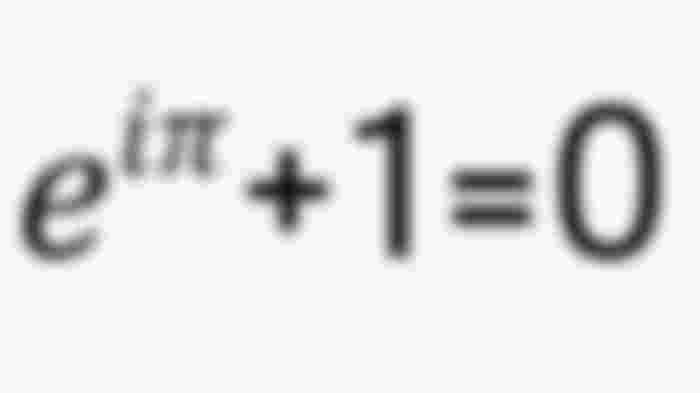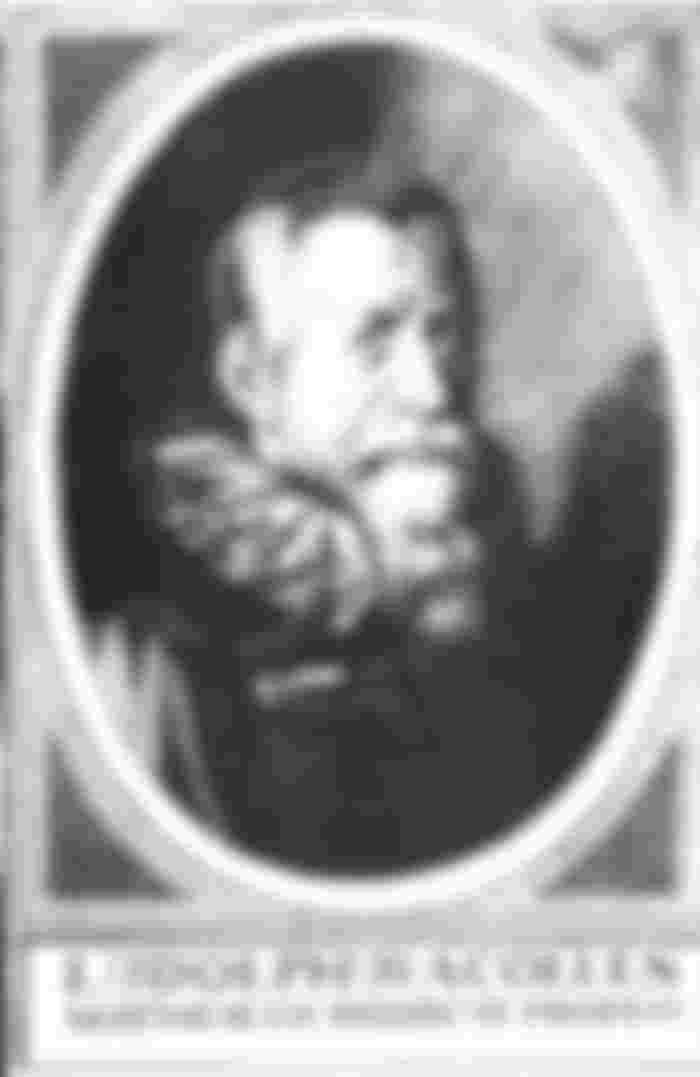It is believed that no number, symbol or label has aroused as much public interest as the famous number π li Pi. π is one of the five most important mathematical symbols and is found in the "Divine Formula"
The five most important symbols of mathematics are 1, 0, π, e and i. The formula that connects these five values is:

PI-π is a non-algebraic or irrational number, it has no end and no one has ever discovered any pattern of order in it. The numeric value is rounded to 64 places. Pi-π is the ratio between the circumference and the diameter of the circle and its value rounded to 10 decimal places is 3.1415926535.

After it was first noticed that the circumference of the circle was about three times larger than its diameter (3500 BC), the wheels came into everyday use. Although this value was in use before him, Archimedes was the first to give a mathematically strict interval for the number π.
The value of the number π rounded to 64 decimal places reads:
π ≈ 3.14159 26535 89793 23846 26433 83279 50288 41971 69399 37510 58209 74944 5923.
However, as you know, in mathematics you mostly use it in the rounded form 3.14 or as a fraction 22/7.
That is why this value is also called 'Archimedes' value 'or' Archimedes 'constant'. Another name for the number π is 'Ludolph's number'.
Ludolph van Ceulen was born on January 28, 1540 in Hildsheim, Germany, and died on December 31, 1610 in Leiden, the Netherlands.

He became famous for calculating the number π with 35 decimal places, which he came to using a polygon with 262 pages. He spent most of his life counting π, so it is not surprising that 35 decimal places of π were engraved on his tombstone in St. Peter's Church in Leiden. However, in Germany, the number π has long been called Ludolf's number, in his honor.
If you thought math couldn’t be fun, I’m sure you just surprised yourself! I hope so, because the number π with its mystique, beauty, incomprehensibility and fantastic application certainly deserved it!




